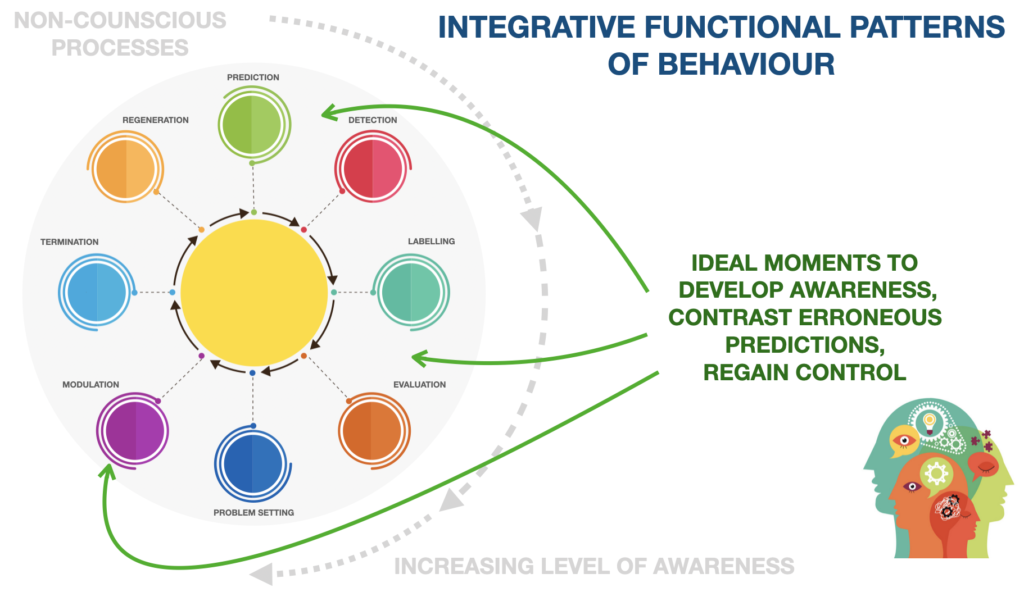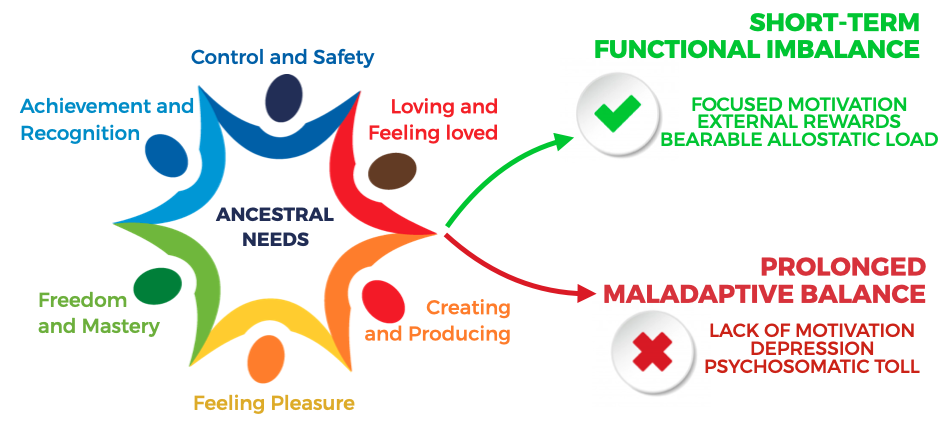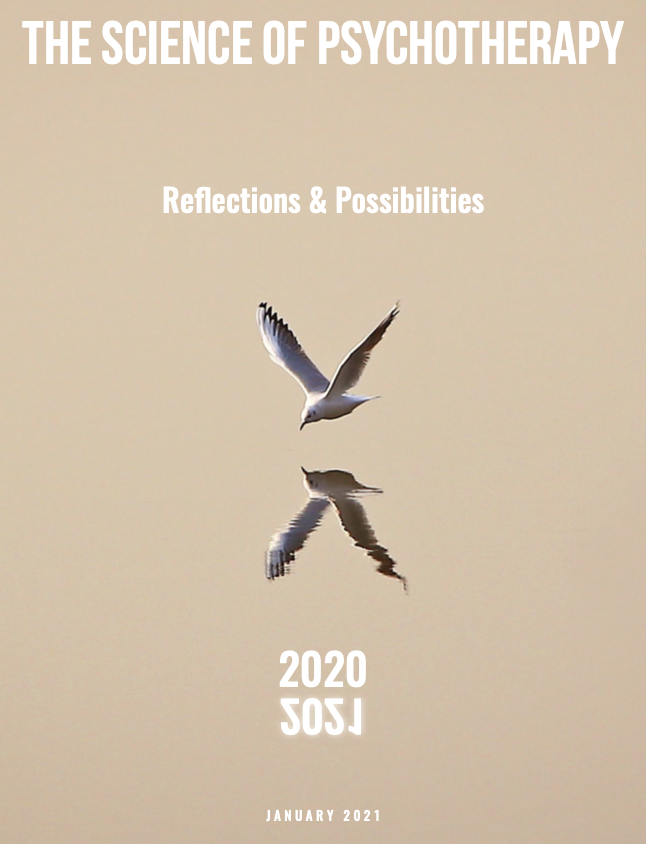
HEALING AND CHANGING IN 2021: 5 KEY ELEMENTS
May 11, 2021The prestigious The Science of Psychotherapy magazine asked me and 18 distinguished colleagues (Ruth Lanius, Kathryn Rossi, Mauro Cozzolino, Michael Yapko and more) to write some reflections on 2020 and possibilities for 2021.
The starting point of the article is the practice of psychotherapy, but it can be an interesting read for all professionals involved in caring, healing and development processes. You can read the article below in this blog post or download a free copy of the magazine here (you will only find my article, the full issue is reserved to SoP subscribers only).
Psychotherapy during the Covid era: virtue out of necessity
2020 was an exceptional year; it has given us the opportunity to test ourselves as professionals and as people, tackling new conditions and facing significant external limitations. One of the most interesting revelations is that these extreme conditions have placed different aspects of human nature under the microscope, amplifying defects and dysfunctions but also our incredible resourcefulness.
We have been able to observe this phenomenon over various levels: beliefs, needs, motivations, body-mind interaction, self-care ability, priorities and so on. In this short article I would like to share the five themes that I encountered most frequently in daily clinical practice and that emerged most significantly during clinical practice and supervisions for community of Integrative Sciences professionals (AKA the HUB).
1. The (false) myth of predictability
There has been a lot of talk about predictability and uncertainty in the past few months. In every situation, however, life is only ever predictable and controllable to a certain degree. This is true even in the most favourable of conditions. Humanity has often made the mistake of pursuing a vision of totalitarian control that is not just unrealistic, but often counterproductive.
A lot of people try to keep an illusion of control over the external world and their lives, for example, by delegating any form of responsibility to inflexible beliefs or to a blind trust in technology or other external factors. These systems rarely create a real sense of safety. Instead, they prove their weakness in the moment that, having put them in place, the person remains riddled by doubt, worry or the memory of stressful experiences.
If we go and look at how our brain works when managing Uncertainty we can take an interesting new perspective: we are not helped (or not much) by having great control over unpredictable facts, rather– to feel safe and confident- we need to be able to count on the flexibility and efficiency of our plans and behaviour in managing unpredictability. This type of process can be summed up in a north-European saying I love that says: “There’s no such thing as bad weather, just bad clothing.”

2. Science, faith…or psychological bias?
The first anti-Covid vaccines are starting to be rolled out in some countries as I write. Skirting the sensitive debate surrounding this and other vaccines, I am interested in highlighting that many people pursue the hope of a vaccine, as a solution to help them get back to normality. This attitude reminds us of what Bion described as a state of ‘messianic expectance’, or in other words a mental state where responsibility is divested as people await an external magical solution that will generate perfect results. At the same time, we see many people hoping that they are ‘lucky enough’ not to catch the virus. A lot of people have tried and continue to correctly try, to aid fortune with external instruments (masks) and attitudes (social distancing). By contrast, only a few are concerned about ensuring their immune system is strong enough and fully functioning- an element that is determinant in defining asymptomatic and symptomatic cases, serious and less severe cases (in various pathologies, not just viral ones).
Our immune system should be the most precious gift for us to protect and nurture. In addition to this, as we know, its connections (brain-intestine axis, vagus nerve, etc) with our thoughts and emotional experience are two-directional and critical to our overall health. As modern psychotherapists that base their practice on solid scientific foundations, it is our duty to intervene on all these elements in synergy to support our patients as best we can.
3. The forgotten body
The lockdown has highlighted that for many people there clearly is still significant confusion between states of activation and/or physical dysfunction and mental or emotional states. I say “there is still” because, in the past few years, we have witnessed the spread of concepts and therapies based on awareness, on mind-body integration, on the introduction of key concepts such as embodiment and enactment. However, for most of the population these remain widely unknown issues.
As a matter of fact, during these periods of social isolation and lockdown in the home, we have witnessed a lot of anxiety that boils down to a lack of movement, to spending too much time in front of blue screens (that completely alter all our neurobiology), to constantly focusing eyes on close-by objects because we are always within the home (this is not a state in which our safety mechanism works well as it is based on long-distance vision to anticipate risks). In addition to this, people holed up at home are bored and keep eating, mostly sugars, thus hyperactivating the mind (peaks in insulin favour rumination and inflexible thought processes) and over-exciting the body (favouring inflammatory states).
Almost no one attributes their agitation and negative thoughts to physical, metabolic and behavioural factors, rather they develop a series of negative evaluations of themselves and the world around them such as “life is rubbish because of lockdown”, “I am anxious” etc.
To regain control over these processes it is critical to recover awareness. To do so optimally, we need to consider that in this specific situation it is extremely effective to work on dynamic awareness to reactivate the body to perceive it better. We can, therefore, combine traditional awareness techniques and exercises with a series of slow or counter-intuitive movements (especially useful to reorder sensory perception ad physical maps) or changes of state (for example changing the temperature of the shower while we meditate or using a sensory-emotional reset technique such as the Reboot techniques), and using transformative or tactile sensory alteration activities (when you are cooking for example) and so on.

4. Facing the truth: life choices that need to be reconsidered
The lockdown has led a lot of people to live extreme circumstances and reconsider different aspects of their lives, for example realising they no longer get on with their partner, that they find their job is not satisfying and devoid of meaning, discovering they are less daring and passionate than they originally thought.
The processes these situations have cast light upon are varied: living in forced close quarters; no longer having sport or other interests as an outlet; or even, absurdly, negative reactions to conditions that had previously been desirable, such as not spending hours in the car to get to work, not having routine and rhythms dictated by others or any other habits that are no longer in existence.
However, as often happens when a dream comes true, it is not as we’d expected. Instead, a lot of people realised that their lives, living them for what they really are, without impositions and external structure, were not what they wished for.
In all these situations, in reality, lockdown is not the main culprit. We need to ask ourselves: what happened to my interests? Why did we not tackle our relationship problems earlier? What deep-seated and fundamental needs have not been satisfied in the last few years? Often, life is set up to respond to a need for balance dictated by a contingency (climbing the career ladder, paying the mortgage, having small children etc) that consolidates into a lasting habit that is difficult to sustain.

5. Fluid digital settings
One last reflection is on how psychotherapy itself is carried out. This too has changed in the last few months. A new familiarity with online sessions, enabled by increasingly flexible and opportunity-rich technological tools, has made it easy to experiment with new ways of working. Personally, I like to experiment with different options, and I invite all the various participants in our courses to be creative and flexible. Some of the modes I have found to be appreciated by both patients and psychotherapists follow.
It is easier to organise sessions of different lengths now we are all mostly at home: these can be 20 to 90 minutes session depending on their effectiveness for the patient and can be varied each time depending on the specific therapeutic plan for that session or period.
It is extremely interesting to be able to record and review sessions with the patient, analysing their communicative or physical reactions objectively and from different points of view.
At the same time, but from the opposite perspective, it is sometimes useful to deactivate the camera to favour more introspection or focus on specific expressive processes (deactivating the camera to concentrate on vocal expression or, vice versa, connecting two cameras to look at face and posture at the same time).
If patients use their mobile or laptop, they can easily carry out their session in different settings (lying on the bed and carrying out psycho-physical techniques in utter comfort), or while cooking or eating (to work on their relationship with food in context), or while they play the piano if you are working on an artist’s performance or to facilitate an emotional mode, if that is their passion.
Fabio Sinibaldi
Stay connected with news and updates!
Join our mailing list to receive the latest news and updates from our team.
Don't worry, your information will not be shared.
We hate SPAM. We will never sell your information, for any reason.


